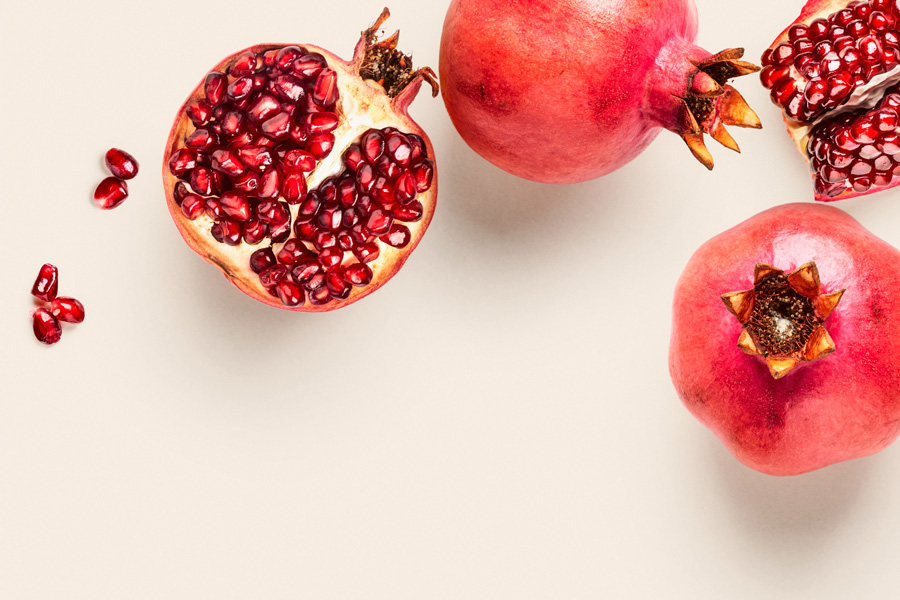Nutrition
-

C 1323-07
Modifying Recipes for Healthier Results
Eating healthier doesn’t have to mean giving up your favorite recipes. Some special recipes served only on occasion may be better left alone, like your grandmother’s special coconut cake. Recipes you make more often might be worth modifying to make them healthier and aligned with your current health goals.
Christa Campbell, Elizabeth Kindamo, and Alison Berg
|
-

The Nutrition Facts label is a useful tool for making healthier food choices. The label makes it easier to compare products and tells you the nutritional content of the food based on a standard serving size. Our bodies need fat to survive. Fat helps regulate body temperature, protects our organs, makes hormones, and helps our body absorb essential vitamins. People with diabetes should choose foods lower in saturated and trans fat.
Elizabeth Kindamo, Susan Moore, and Alison Berg
|
-

The body needs sodium, but consuming too much over time can increase blood pressure. Having higher blood pressure increases your risk for heart attack, stroke, and kidney disease. For people with diabetes, high blood pressure can increase the risk of complications from diabetes.
Elizabeth Kindamo and Alison Berg
|
-

All carbohydrates are broken down into simple sugars, like glucose, during digestion. Controlling blood glucose is one of the primary goals in diabetes management. People with diabetes may desire to lower their carbohydrate, added sugar, and calorie intake by using sugar substitutes, including low-calorie or no-calorie sweeteners. These can come from natural sources, like stevia and monk fruit, or be synthesized in a laboratory, like sucralose, aspartame, and saccharin.
Elizabeth Kindamo and Alison Berg
|
-

This publication provides a clear and balanced comparison of plant-based and animal-based proteins in our food. It looks at the nutritional value, environmental impact, and health effects of each type of protein. The goal is to help readers understand more about these protein sources without saying whether one is better than another—in other words, to inform and educate, giving everyone the knowledge to learn about different dietary options.
Hualu Zhou and Anthony Suryamiharja
|
-

Pomegranate is an emerging crop that has been experiencing a significant expansion in Georgia. Pomegranates are excellent sources of sugars, soluble fibers, vitamins, minerals, and phytochemicals, including polyphenols with strong antioxidant activity. Because of their nutritional content, pomegranates are considered functional foods (foods that provide health benefits in addition to basic nutrition). Several value-added products may be developed from pomegranate arils and pomegranate peels, including food ingredients with strong antioxidant content, which may be appealing to health-conscious consumers interested in including more plant-based ingredients into their diets. Hence, antioxidant-rich foods such as pomegranates may be used by the U.S. food industry more often as a source of natural ingredients. Not only does consuming pomegranates provide numerous health benefits, but pomegranate derivatives also have the potential to improve the sensory properties and shelf-life of food products. This bulletin describes the main phytochemicals present in pomegranate fruits and provides an overview of the potential value-added products that may be developed from Georgia-grown pomegranates.
Jinru Chen, Kevin Mis Solval, and Emma Moore
|
-

C 1053-08
What to Eat When You’re Expecting
Your diet is important throughout your pregnancy. However, there are some special needs to consider during each trimester. You can help your baby get a healthy start in life by eating a variety of nutritious foods and making sure you gain enough wait. This publication explains what to eat for each trimester and offers insight on eating the right foods.
Diane Bales
|
-

C 1037-18
Modeling Healthy Eating Behaviors
Find out how to model healthy eating for your child, and work with your child to create a healthy trail mix for a snack.
Diane Bales
|
-

C 1037-04
Eating a Variety of Foods is Healthy!
Learn about the five food groups that make up MyPlate, and help your child learn the groups by coloring in sections of a paper plate.
Diane Bales
|